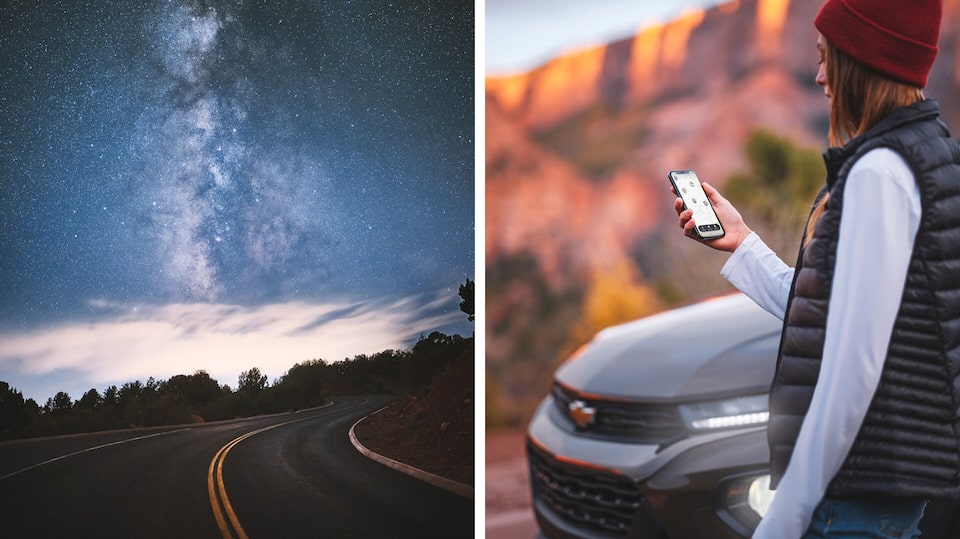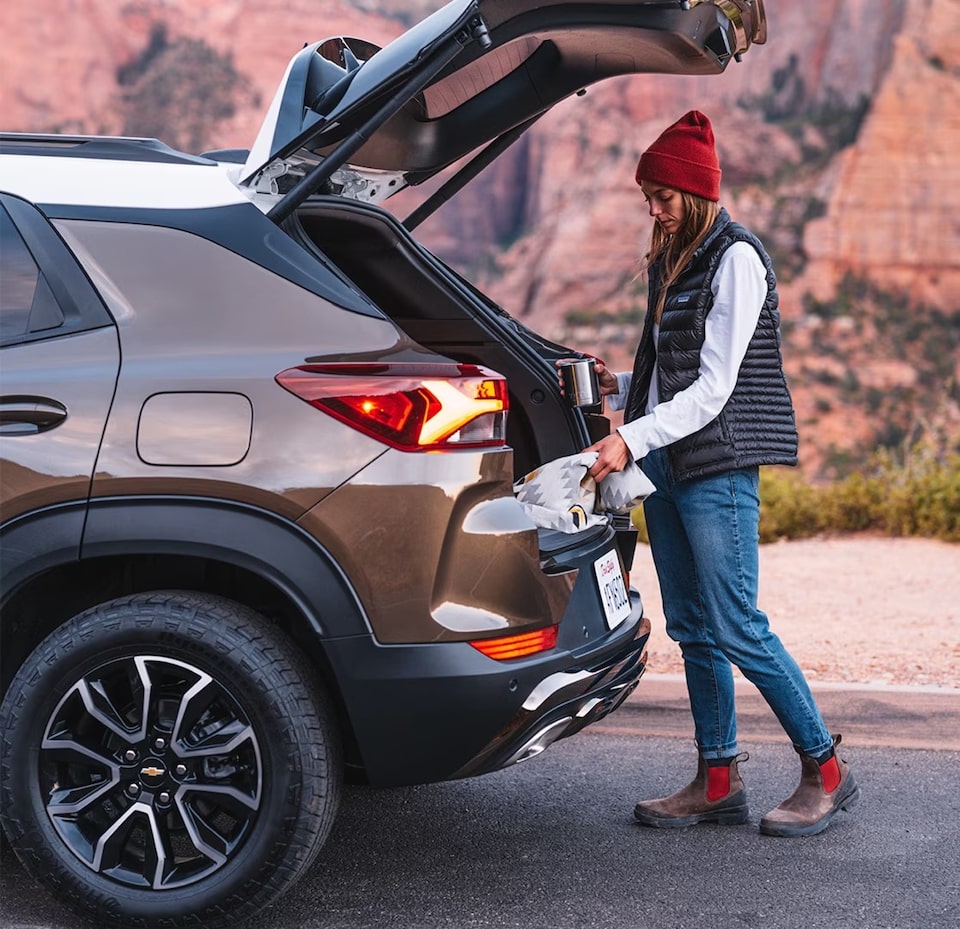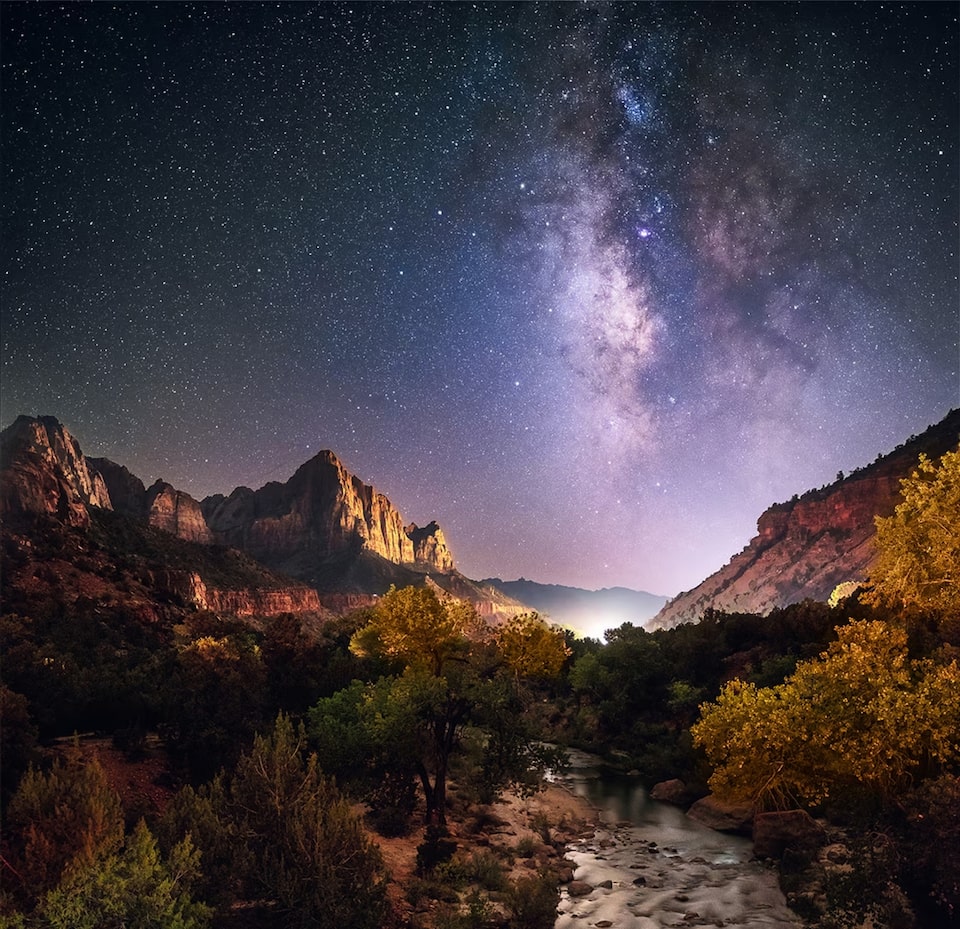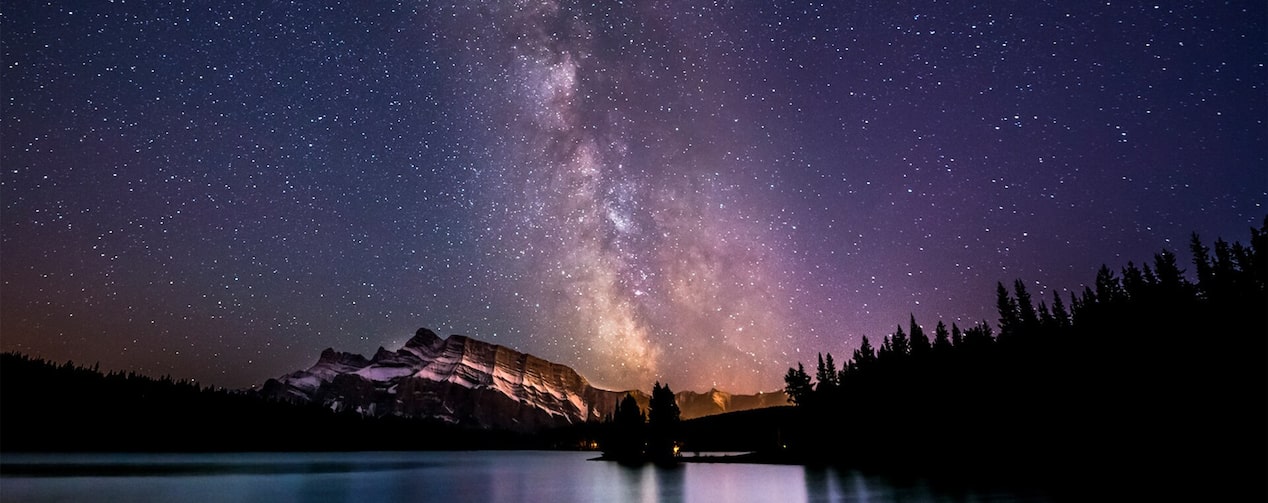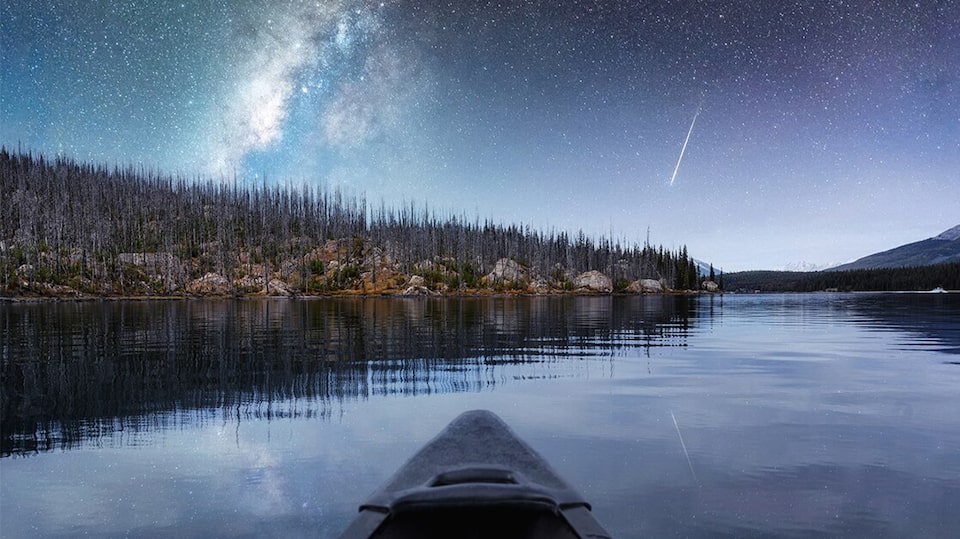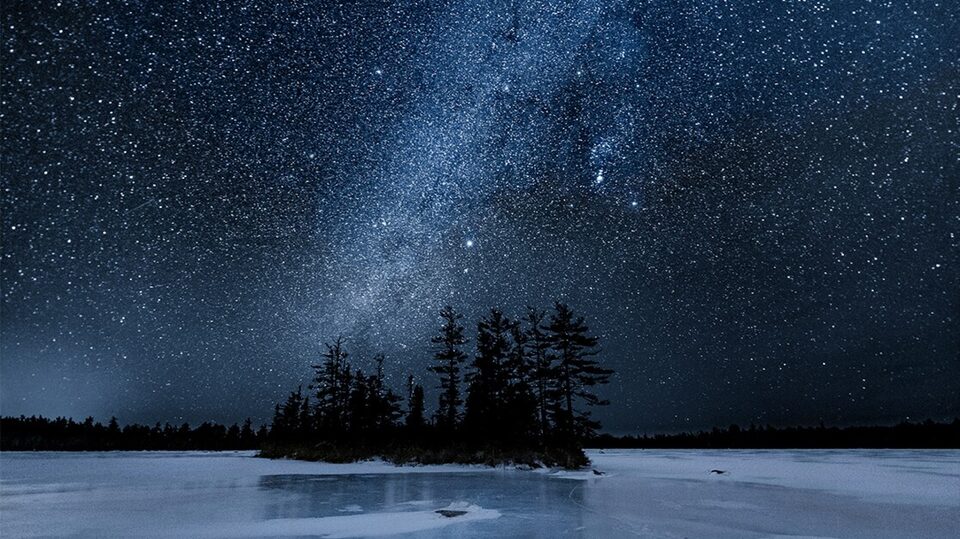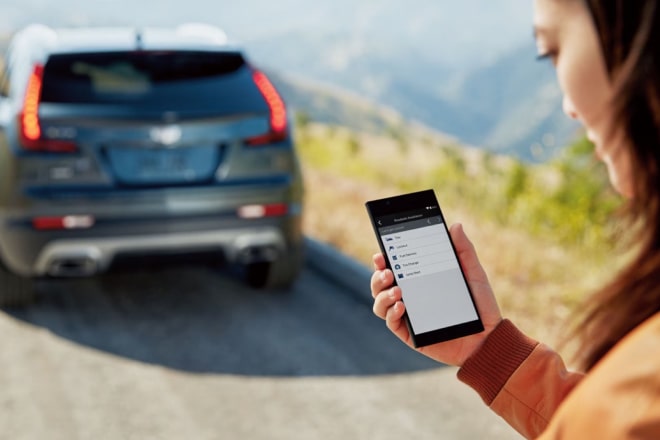There are things to see year-round at an International Dark Sky Place, but the best time to go is during the summer (between July and September), according to experts. That’s when you get the best view of the Milky Way because of Earth’s position around the sun. Plus, it’s a lot warmer at night during the summer months.
If you’re planning a stargazing adventure this summer, here are some other things to keep in mind:
- Make sure to check the moon calendar and look for a waning moon or new moon. A full moon can be so bright that it becomes a source of natural illumination.
- The annual Perseids meteor showers usually take place in August. The very fast and bright meteors leave long “wakes” of light and colour behind them.
- Andromeda, the closest large spiral galaxy, can be seen in the fall. It’s two and a half million light-years away and is the most distant celestial object you can see without a telescope.
- A popular constellation to see in winter is Orion. It contains the Orion Nebula, a cloud of interstellar dust and gas, bright enough to see without a telescope.
- The best time of the night to start stargazing is an hour to an hour and a half after sunset.
- For more up-to-date information on what’s going on in the night sky, visit NASA’s sky watching page.
Of course, before you head out to a specific International Dark Sky Place, check out its website to find the best viewing locations as well as any other information like COVID restrictions. Additionally, if you want to visit a location in the U.S., make sure to check the latest border crossing rules and information.
There’s one extra step to take as you prepare for your visit. Download the OnStar Guardian® app,* which provides key OnStar safety services right on your smartphone. This includes Mobile Crash Response and Roadside Assistance,* in case the unexpected happens while driving around the park. You can also contact an OnStar Advisor right from the app if you need help. Plus, you can share your location* with up to seven friends and family members,* so they can find you if you get separated.
